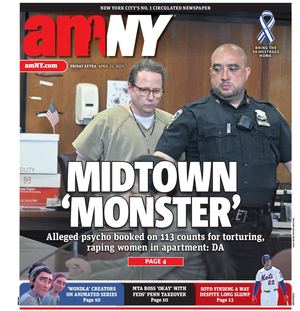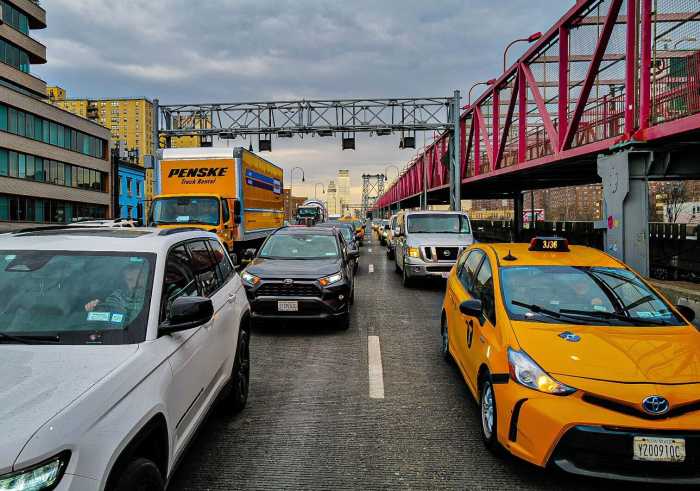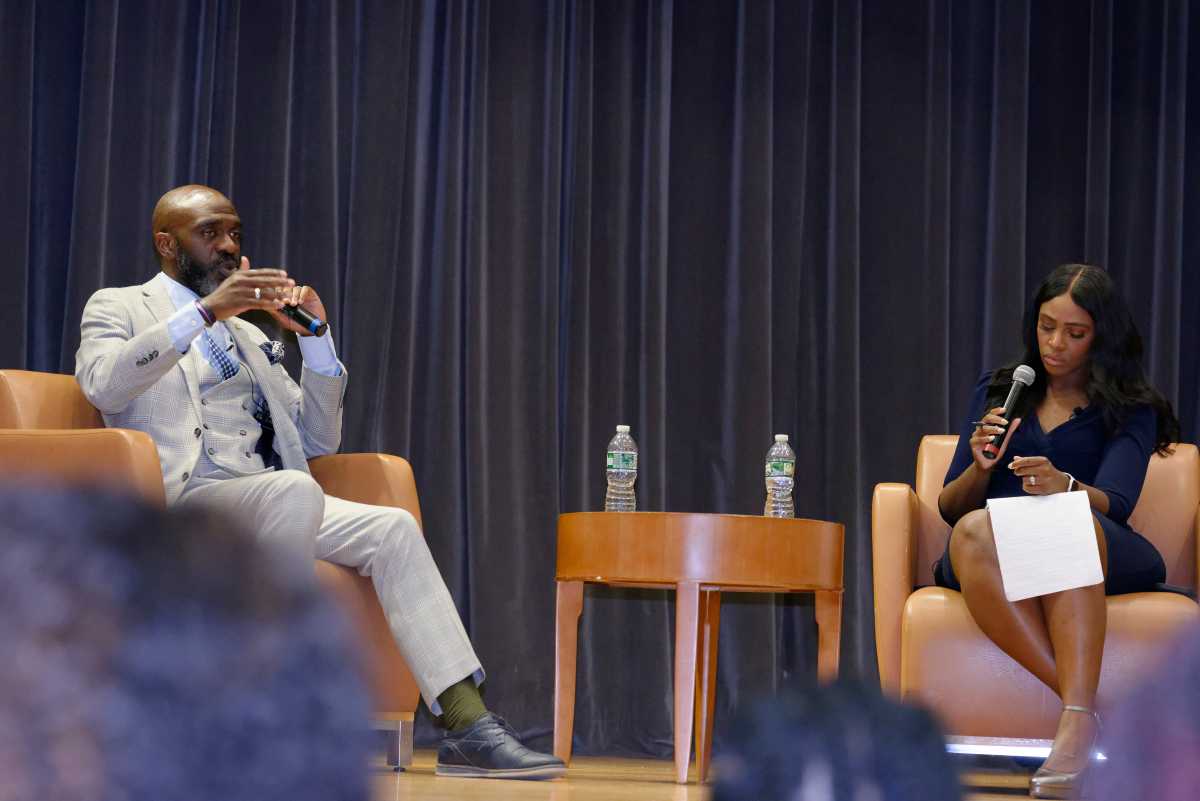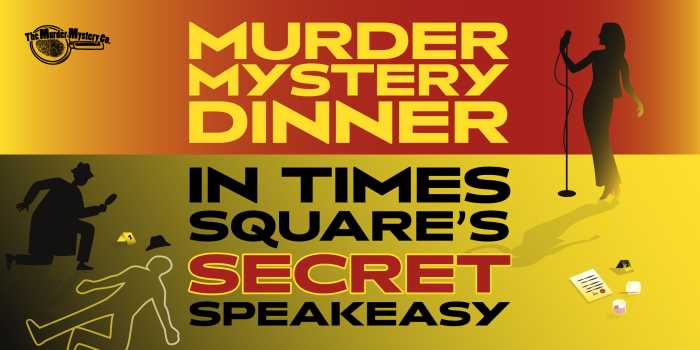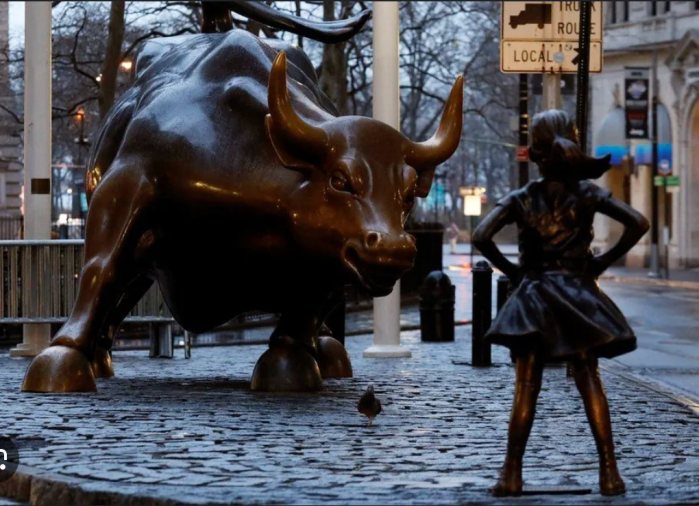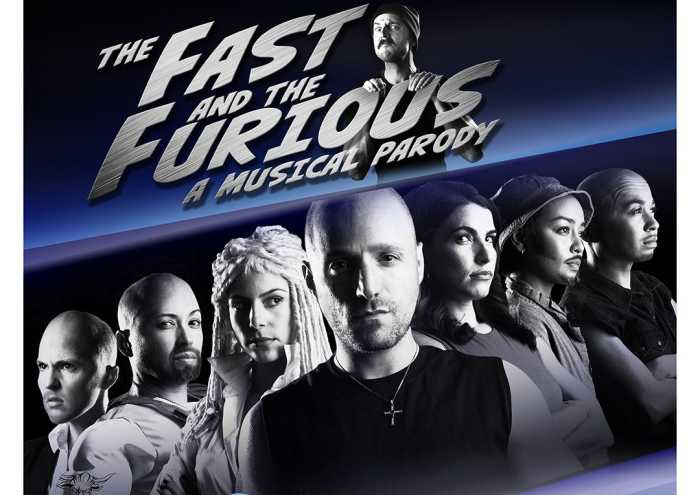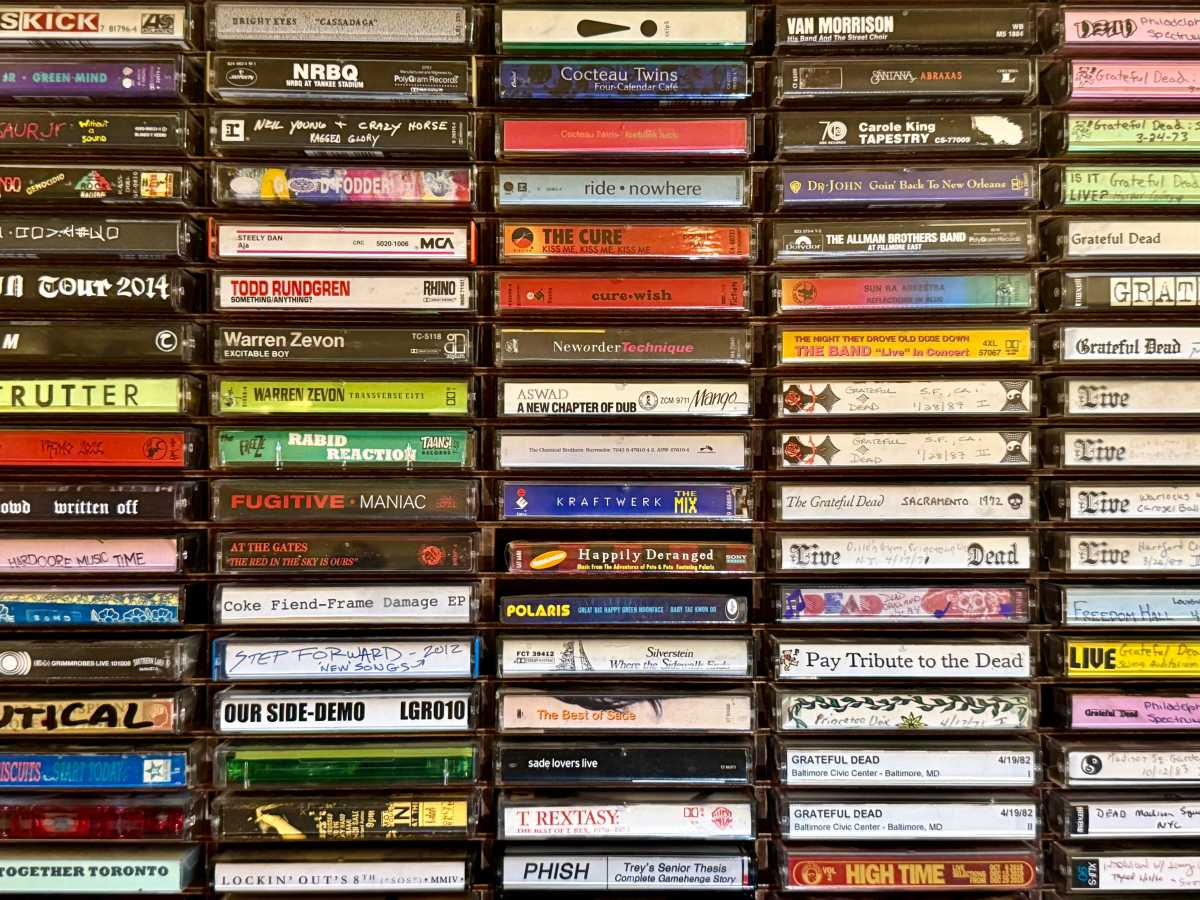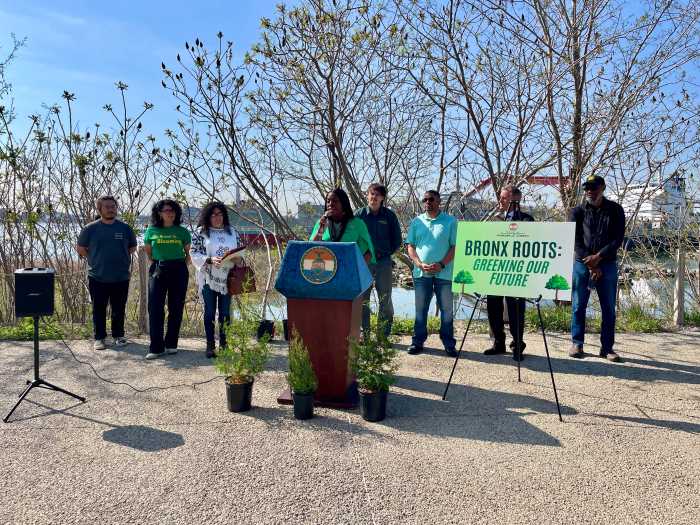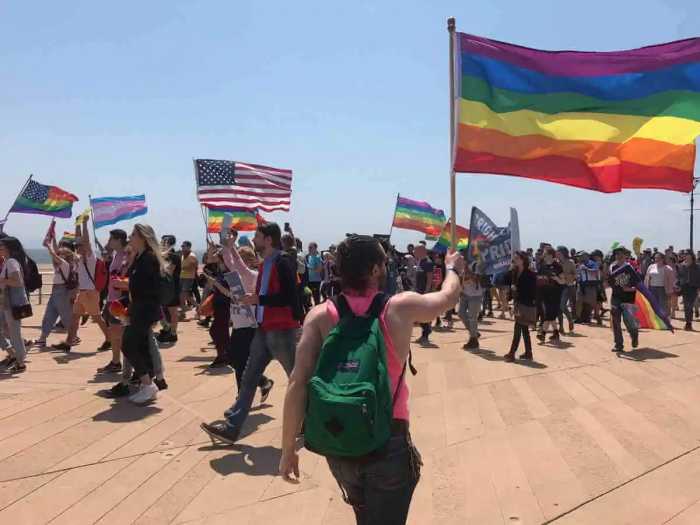
Barber Dominick Abruscato in his no-frills shop by the Fulton St. subway stop.
BY YANNIC RACK | In New York City of today, the Royal Barber Shop on Fulton St. stands out from the competition in a lot of ways. For one thing, you won’t find the antique fixtures and expensive hair products here that many newly opened, retro-style barbers seem to use as justification for their often-outlandish prices.
But the most obvious difference remains the fact that since the late 1930s, the Royal has been serving customers underground and almost out of sight — inside the Fulton St. subway entrance between Gold and William Sts.
“I got used to it,” owner Dominick Abruscato said on a recent weekday morning, while carefully clipping away at the hair of one of the day’s first customers. Abruscato, who had his first day at the shop in 1980, was referring to working underground for the last 35 years.
“At the beginning I didn’t like it, but after a while it was okay,” he added after another snip of the scissors.
If you don’t mind missing out on the direct sunlight — and the noise — of a street-level barber, a regular haircut at the Royal will set you back a mere $17. As a plus, the shop feels like a throwback to a different era: Apart from two three-seat leather sofas and an imposing air-conditioning unit, the main decorations are a few old pictures of haircuts and New York City landscapes, as well as portraits of Marilyn Monroe and Yankee legend Yogi Berra.
On this particular morning, the only customer occupying one of the three barber chairs had a Playboy magazine lying open in his lap.
Abruscato came to the country in 1966, looking for a better life than the one he had in Ventimiglia di Sicilia, a small town in northern Sicily that still has barely more than 2,000 inhabitants.
“Sicily is kind of poor, no industry, no nothing,” Abruscato says with a shrug and an accent that has obviously stood the test of time.
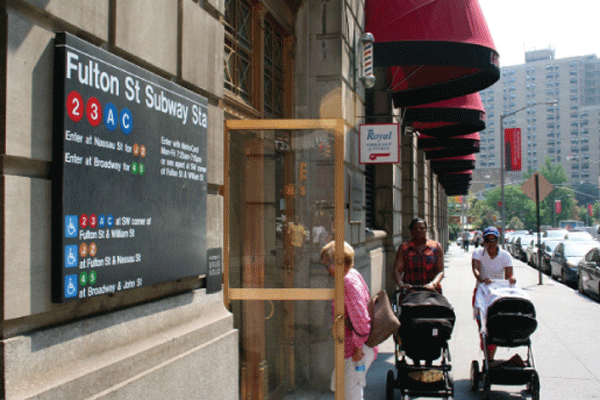
It’s not hard to miss signs for the Royal Barber Shop on the street.
He was just 17 years old when he left, but had already started honing his craft at the tender age of eight. That’s when his father started sending him to help out at a local barbershop every day.
“My father said, ‘teach him how to be a barber.’ So you go there every day after school and, little by little, you start to do little things. You become a slave of the guy,” Abruscato says.
He became a full-fledged barber when he was 14 and has never done anything else in his life. At almost 67, he still commutes to his shop from Maspeth, Queens, almost every day.
He says the single biggest advantage to running a subway barbershop is the low rent. “With the overhead being smaller, we don’t have to create a big business to stay in business,” he says.
But of course there are challenges, too. The location means his customers are mostly made up of regulars, with few that walk in for a spontaneous trim.
Since he started working at the shop in 1980 (he bought it from his boss seven years later), Abruscato says business has declined quite a bit. While he once employed up to three barbers to keep up with appointments, for the last six years it’s just been him and 41-year-old Elvir Otovic from Montenegro, who has worked at the shop for 11 years.
“Sometimes we were three, we were four, 10, 15 years ago,” Abruscato says. “But it’s been a long time that we’ve been only two, me and my barber.”
Otovic, who Abruscato calls Elvis, says that one of their barbers retired and another moved to another shop.
“How are you gonna replace them if you don’t have the business?” he says. These days, an extra chair is set up in one corner of the shop, which Abruscato rents out to an independent barber whose nearby shop closed down.
Above the wall-length mirror across from the three barber chairs hangs a small, crooked picture of a U.S. flag with the inscription “United We Stand 9/11.”
Abruscato says at least three customers died in the attack on the Twin Towers, but he lost others whose jobs moved from Lower Manhattan. “The area was bad for a few years, a lot of stores were empty,” he says.
More recently, his business suffered when the subway stop was closed for two years while the M.T.A. built a second entrance and exit to connect to the new Fulton Center. Although he remained open during the construction, the closure meant his dwindling business was now completely deprived of walk-in customers.
“I didn’t have any traffic at all for two years. At first it seemed like it was gonna be a month or two. They took their sweet time, I don’t know how many times I complained,” he says. “And now there are two exits and two entrances. Before that it was only this, so we had a lot more traffic.”
He lost some of his regular customers, too, most of whom live or work in the area. Around ten of them have been sitting in his chair every month or so for more than 35 years — his customers from the old barber shop at nearby Southbridge Towers.
Patrick Terzano, 84, still lives at the housing complex. He has only been coming to the Royal for two years but originally tried out Abruscato on recommendations from multiple neighbors.
“Dominick has been servicing them forever. He’s local and he’s good,” he says. Asked how often he comes in, he only laughs and points at his fading white hair. “Are you kidding?”
A few months ago Abruscato put up a small sign in the storefront window, seeking someone to take the shop off his hands. Although he’d like to sell it, he says he wants to keep working there some days of the week, at least for a few more years.
“I’m working almost 53 years. Long career,” he says, before turning back to the chair in front of him. “And I don’t know when I’m gonna retire either.”
